What is the tolerance range of precision screws?
What is the tolerance range of precision screws?
Service Hotline
+86760-8787 8587We have more than ten years of production experience in the screw industry. The main products are: single-pass B-type embedded nuts, round head socket head screws and bolts, internal and external sawtooth anti-skid, external hexagon set screws, sales rolled, industry GB52 flange nuts, ingots Butterfly bolts, stop washer nuts, metal adjusting nuts with no through holes, pressure flanges, iron tension bolts, cap anti-thread anti-buckle nuts, elastic nut blocks, protective sleeve inner and outer teeth nuts, outer hexagonal round nuts and other fasteners, Due to the different materials and specifications of the products, the prices are also different, please contact us if necessary.


total of 13 domestic automotive fastener companies were interviewed and investigated in this survey, and all the companies under investigation have passed the TS16949 system certification. An average car has about 1500 fasteners, and the total bolt assembly time for each car is about 2.5~3.2h. It can be seen that the variety and quality of fasteners have an important impact on the level of the main engine and the quality of the vehicle. This article analyzes the localization of high-strength threaded fasteners and the management of supply quality from the perspective of the production process of high-strength threaded fasteners. Product flow of high-strength threaded fasteners The production process of high-strength threaded fasteners is raw material transformation → cold heading forming → thread processing (thread rolling or thread rolling) → heat treatment → surface treatment → sorting and packaging, generally used above grade 10.9 Thread rolling process after heat treatment. The steel grades commonly used for high-strength bolts of automotive fastener materials are 35 steel, 45 steel, and ML35 steel for grade 8.8 bolts; 35CrMo for grade 10.9 bolts; 40Cr; 35CrMo, 42CrMo, and SCM435 for grade 12.9 bolts. The raw materials for domestic fasteners are basically in the hot-rolled state, while the steel for fasteners produced in Japan and other countries is basically in the state of direct cold heading. Users do not need pretreatment, which can reduce costs from the link. Common failure modes of fastener failure are assembly elongation, fatigue fracture, and delayed fracture. In addition to the material, the quality of cold heading forming and thread processing (thread rolling or thread rolling, tapping) threaded fasteners, forming equipment and thread processing equipment and molds (production process and equipment) are the key factors to ensure their quality. Especially in the state of large-scale and multi-variety supply, automotive fasteners that require high machining accuracy, how to ensure product consistency and defect prevention is one of the problems faced by fastener production. For the cold heading equipment and thread processing equipment of the investigated companies, domestic equipment accounts for about 40%, Taiwan equipment accounts for 50%, and imported (Europe, America, Japan) equipment accounts for about 10%; Partial folding, thread streamline upsetting, tooth wrinkles and cracks, etc. Domestic fastener factories are limited by capital or other reasons, and most of them use domestic equipment and Taiwan equipment to produce fasteners for automobiles. To ensure the dimensional tolerance and geometric tolerance of large-scale production of high-end fastener products, online monitoring should be increased. Means and mold making level. Eliminate unqualified products in production, so as to ensure the assembly quality of OEMs and OEMs. [1] About 80% of the surveyed fastener enterprises have heat treatment equipment, and most of them use Taiwan heat treatment process lines; the process line equipment is a continuous mesh belt furnace with atmosphere protection, and the atmosphere, temperature and process parameters are controlled by a computer. The high-strength fastener industry is a relatively competitive industry. If we want to have a thorough and objective analysis of the technology and market of the high-strength fastener industry, we need to start from the following aspects: domestic high-strength fasteners Industry and Enterprise Competition Pattern High-strength Fastener Industry Industrial Policy High-strength Fastener Product Technical Standards and Regulations my country's High-strength Fastener Product Technology Competition Pattern Dynamics Regarding these six aspects, many domestic research institutions have conducted in-depth research and research, and many institutions have long been engaged in research and research in this industry.
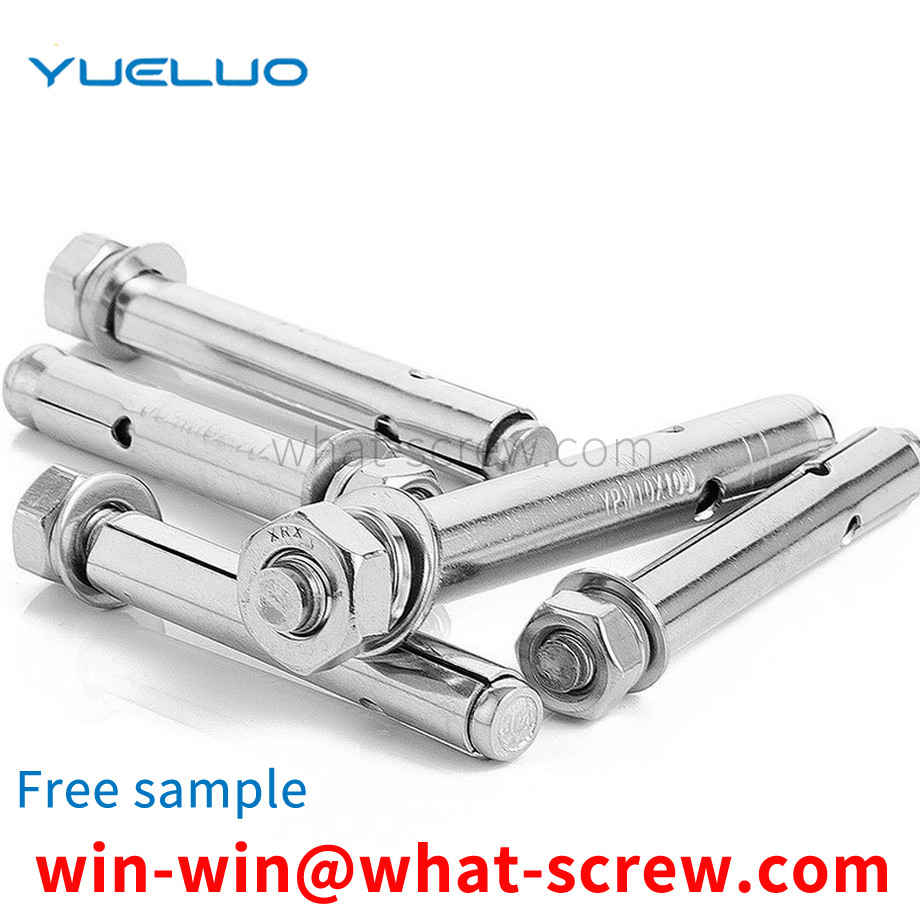
The cylindrical pin magnetic positioning automatic press-in mechanism includes a base, a guide block is arranged on the base, one end of the guide block is provided with a guide vertical plate, and a push-up column is arranged under the end, and the push-up column is connected with a driving mechanism to drive The mechanism is arranged inside the guide vertical plate; one side of the guide block is provided with a push plate, the end of the push plate is provided with a semicircular groove, the push plate is connected to the driving mechanism, and the driving mechanism is arranged on the base The other side of the guide block is provided with a workbench located on the base, an error-proof positioning mechanism is arranged above the workbench, a press-in mechanism is arranged above the error-proof positioning mechanism, and one side of the error-proof positioning mechanism is provided. There is an error-proof detection mechanism; the press-in mechanism includes a punch, a punch block and an upper template arranged in sequence from bottom to top, and the upper template is driven and connected with five driving mechanisms; the error-proof detection mechanism includes a fixed angle plate, a fixed angle The plate is arranged on the worktable, and the fixed angle plate is provided with a four-drive mechanism, and the four-drive mechanism is connected to the detection head.
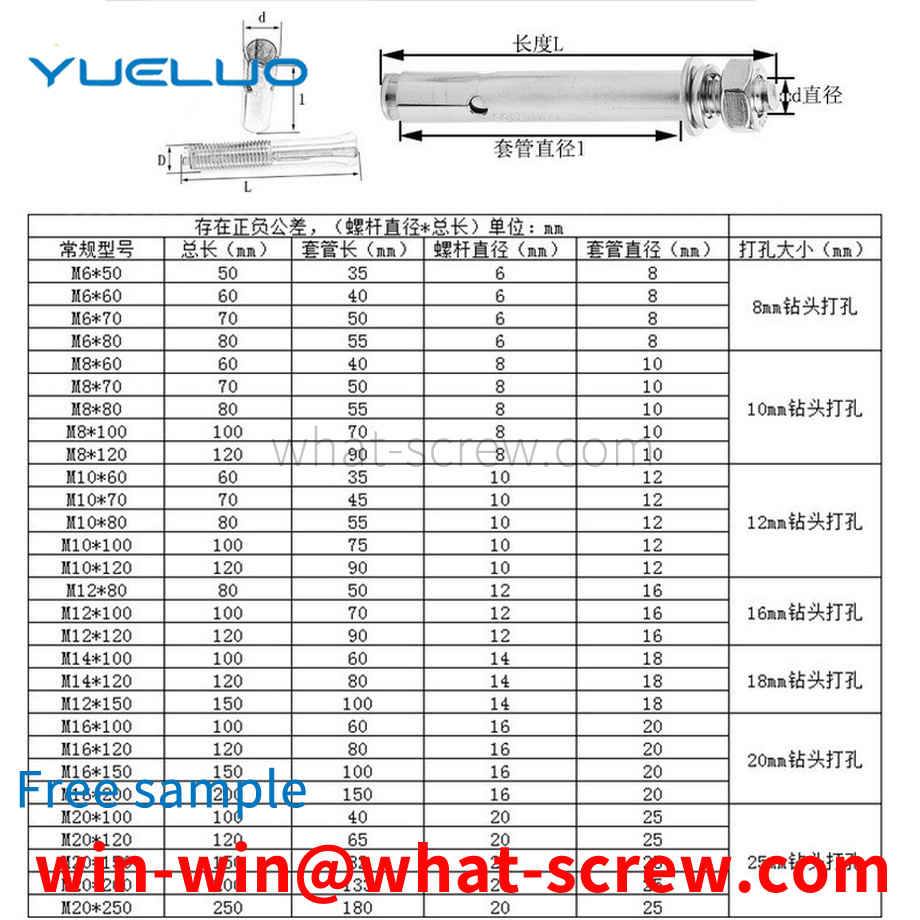
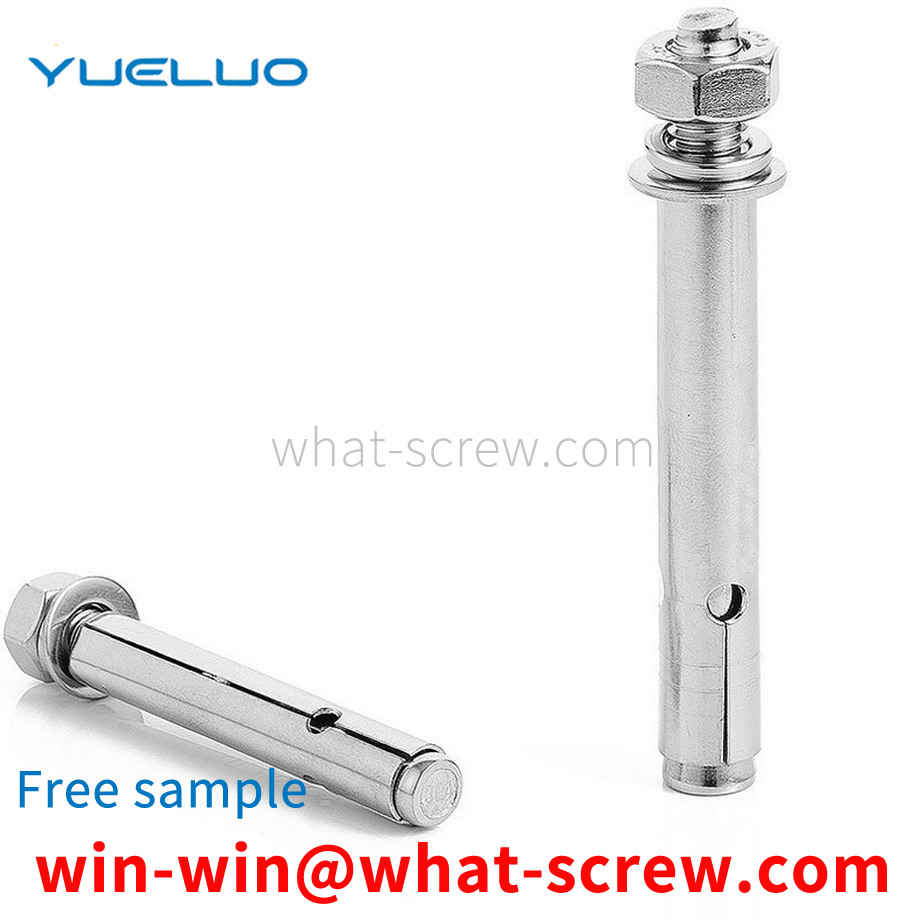
Cylindrical pins are widely used for positioning or connecting components on mechanical equipment, and the cylindrical pins are fixed in the pin holes by means of interference fit. Cylindrical pins are generally processed by a grinding machine and a punch former, but the above processing methods have complex operation procedures, high processing equipment and high processing costs.
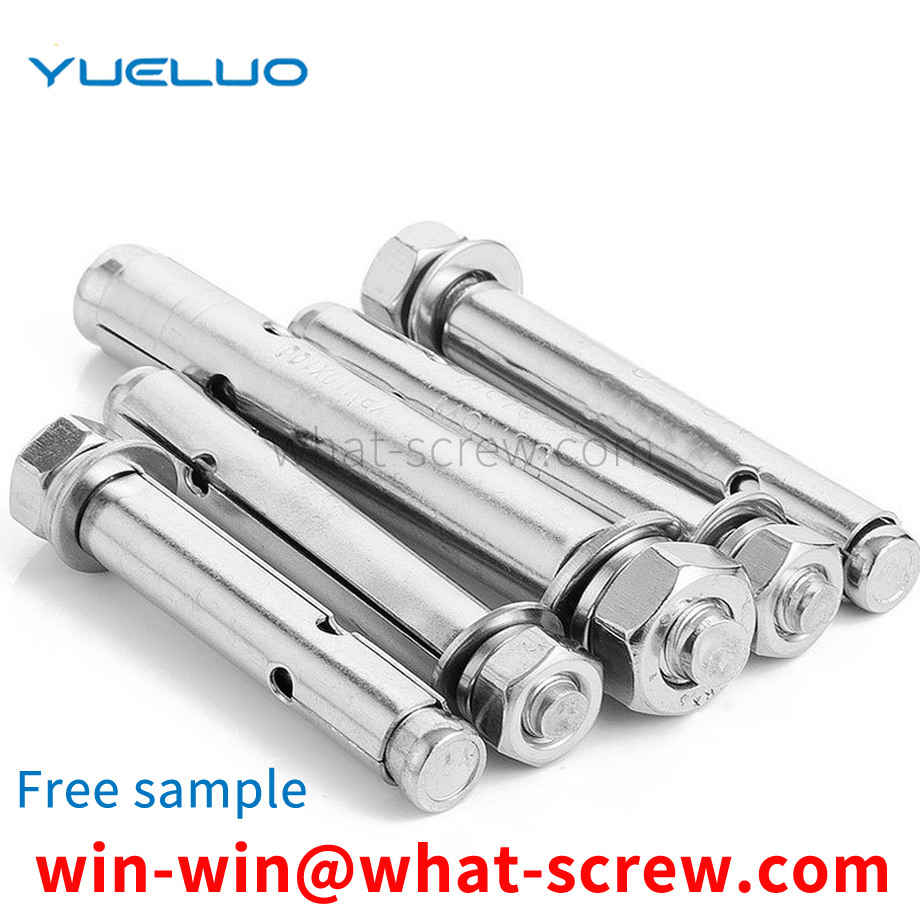
The retaining ring is an industrial accessory that can function as support, buffering, braking, height adjustment and angle adjustment. The inner diameter of the retaining ring for the shaft is slightly smaller than the diameter of the assembly shaft. When the retaining ring for the hole is selected, the outer diameter of the retaining ring is slightly larger than the diameter of the assembly circular hole. The retaining ring mainly plays the role of axial fixation. The surface plus the retaining ring is fixed with a high degree of centering.
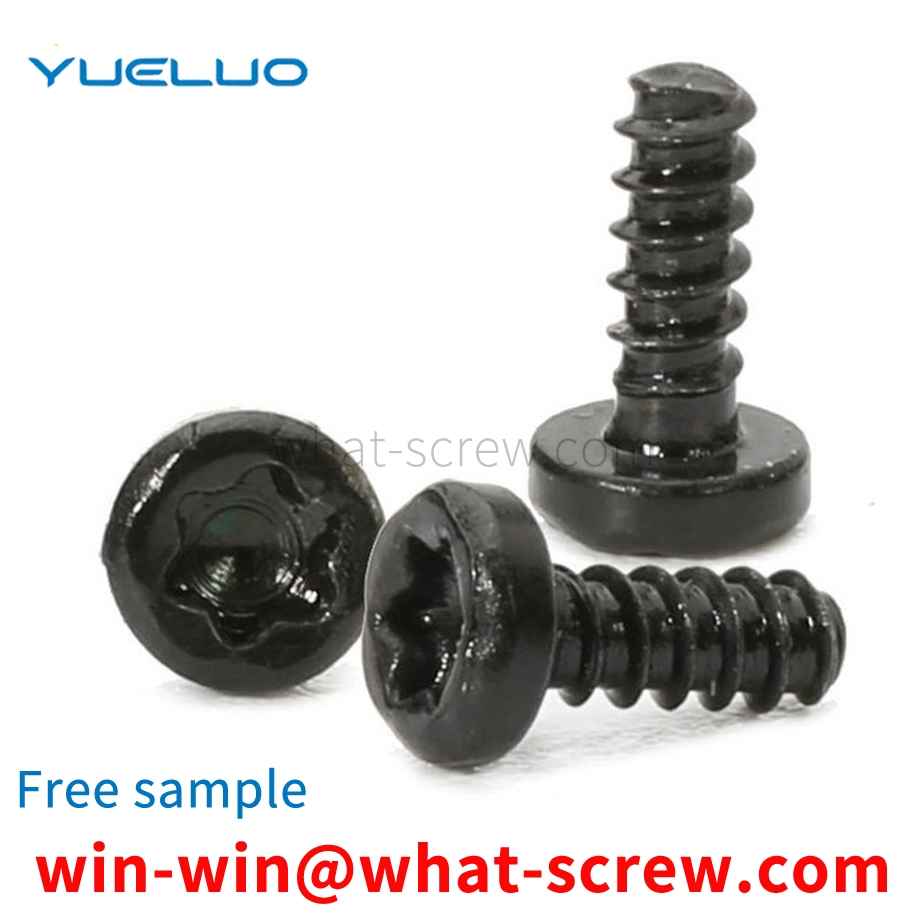
The above content is uploaded by Yueluo or the Internet. If there is any copyright issue, please contact [email protected].

What is the tolerance range of precision screws?

How to choose the right stainless steel screw manufacturer?

Why is there an R angle under the head of the hexagon head s...
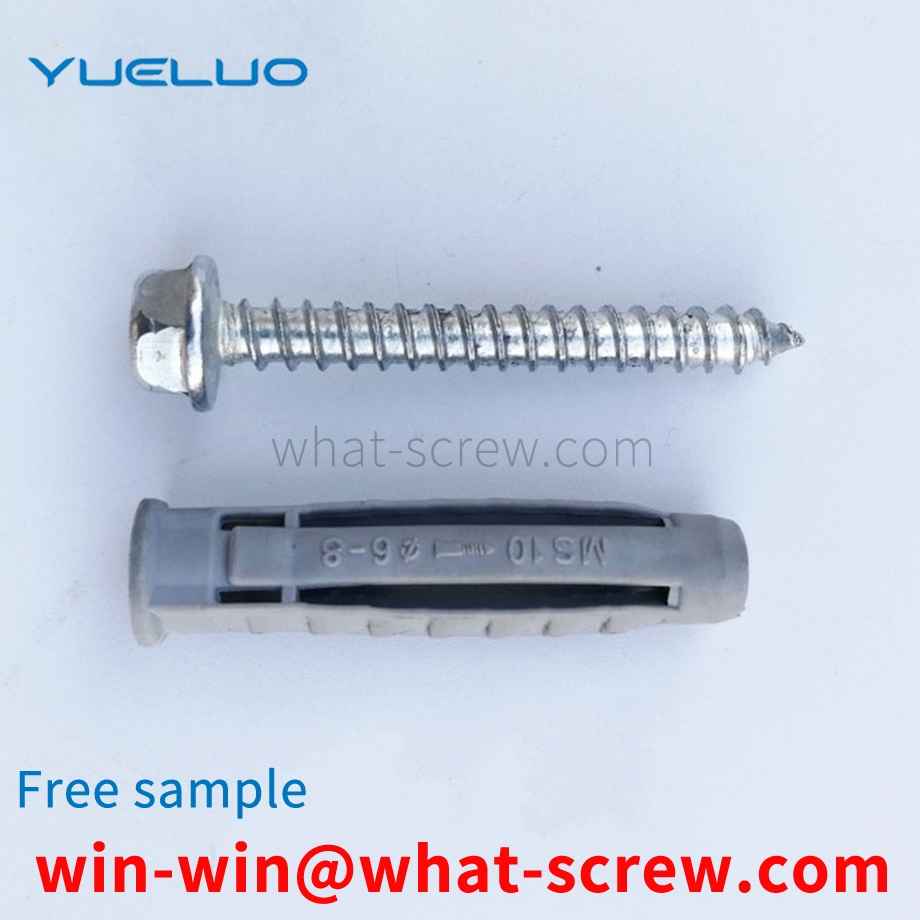
We have more than ten years of screw industry production exp...

We have more than ten years of experience in the production ...

We have more than ten years of production experience in the ...
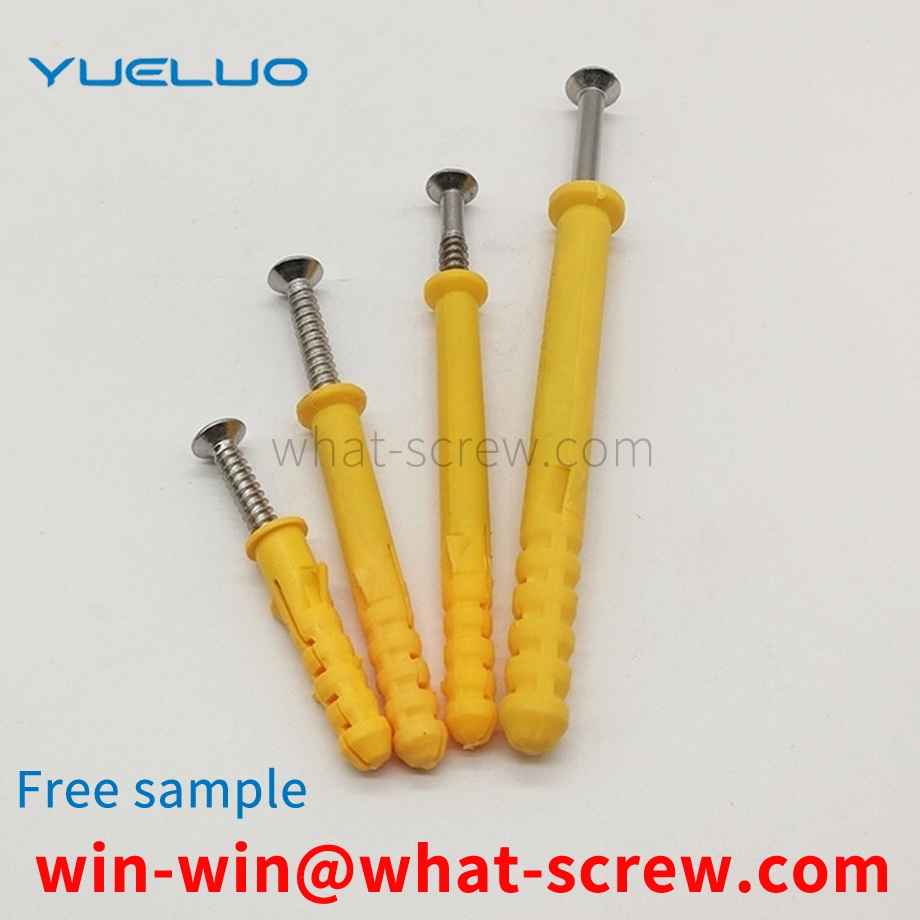
We have more than ten years of production experience in the ...